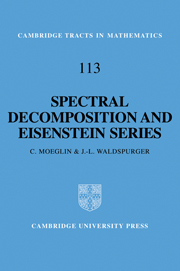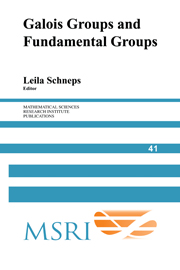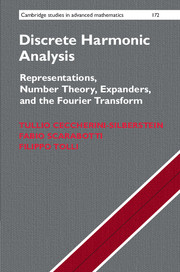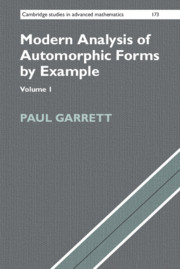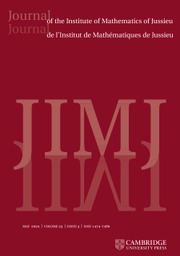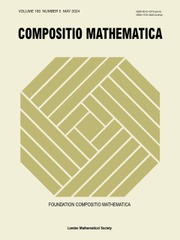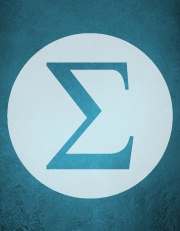Spectral Decomposition and Eisenstein Series
The decomposition of the space L2 (G(Q)\G(A)), where G is a reductive group defined over Q and A is the ring of adeles of Q, is a deep problem at the intersection of number and group theory. Langlands reduced this decomposition to that of the (smaller) spaces of cuspidal automorphic forms for certain subgroups of G. This book describes this proof in detail. The starting point is the theory of automorphic forms, which can also serve as a first step toward understanding the Arthur-Selberg trace formula. To make the book reasonably self-contained, the authors also provide essential background in subjects such as: automorphic forms; Eisenstein series; Eisenstein pseudo-series, and their properties. It is thus also an introduction, suitable for graduate students, to the theory of automorphic forms, the first written using contemporary terminology.
- First book on subject using modern terminology
- First aimed at graduate students
- Leading authors
Reviews & endorsements
Review of the hardback: '… a superb introduction to analytic theory of automorphic forms.' European Mathematical Society Newsletter
Product details
July 2008Paperback
9780521070355
368 pages
229 × 152 × 21 mm
0.54kg
6 b/w illus. 4 tables
Available
Table of Contents
- Preamble
- Notation
- 1. Hypotheses, automorphic forms, constant terms
- 2. Decomposition according to cuspidal data
- 3. Hilbertian operators and automorphic forms
- 4. Continuation of Eisenstein series
- 5. Construction of the discrete spectrum via residues
- 6. Spectral decomposition via the discrete Levi spectrum
- Appendix I. Lifting of unipotent subgroups
- Appendix II. Automorphic forms and Eisenstein series on function fields
- Appendix III. On the discrete spectrum of G2
- Appendix IV. Non-connected groups
- Bibliography
- Index.

